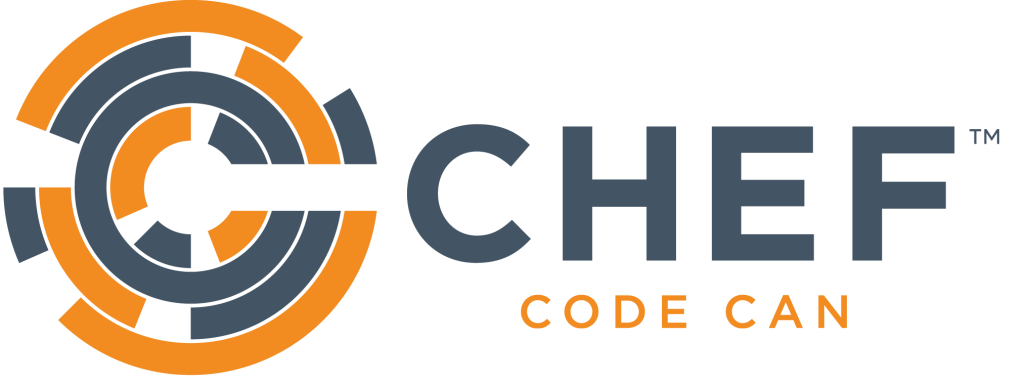The Chef software is used to streamline the task of configuring & maintaining a company’s servers, and can integrate with cloud-based platforms such as Amazon Elastic Compute Cloud to automatically provision and configure new machines.

At remoteX we train people on Opscode Chef. Below is the course insite.
Introduction To Chef
a. Chef Head First! (Build And Deploy An MOTD Recipe)
b. Introduction To DevOps
c. What is Chef?
d. Common Chef Terminology
e. Chef Server
f. Chef Workstation
g. Chef Workstation – Looking At Security And Configs
h. Chef-Repo
i. Chef-Client
j. Servers And Nodes
k. Chef Configuration ConceptsBuilding The Web Server Cookbook
a. Getting Set Up
b. Starting The Apache Recipe
c. Adding Attributes, Recipe & Template
d. Attribute Precedence
e. Adding HTML Templates Dynamically With Chef
f. Recipe Includes And Dependencies
g. Copying Config Files To The Node
h. Executing Linux Commands On The Node
i. Adding Platform Support To The Cookbook
j. Adding The Local Chef-Repo To GithubNode Object And Search
a. What Is The Node Object?
b. Search Concepts
c. Searching Node Attributes Using Knife
Data bags
a. What Are Data Bags?
b. Creating User And Sudo Group Data Bags
c. Building A Recipe To Deploy Local User Accounts From Data BagsChef Environments
a. What Are Environments And Why Do They Matter?
b. Creating And Configuring Environments
c. Creating A Second Version Of Our Webserver Cookbook
d. Deploying To Different Environments
e. Viewing And Deleting Environments With KnifeRoles
a. What Are Roles?
b. Creating A Web Server Role
c. Building A Simple MySQL Cookbook For A Role
d. Creating A DB Server Role
e. Creating A Base RoleExtending Chef
a. Knife Plugins
b. Chef Supermarket And Chef-Client Cookbook
8. Deploying Nodes In Production
a. Unattended Node Bootstrapping
b. Chef-Client Cookbook (Security And Automated Runs)
c. Using OpenSource Chef Server
d. Open Source Chef
e. Configuring The Workstation And Bootstrapping A Node
f. Closing: Bootstrapping Nodes And Deploying Cookbooks
